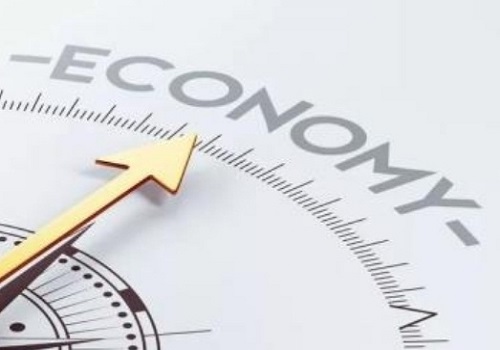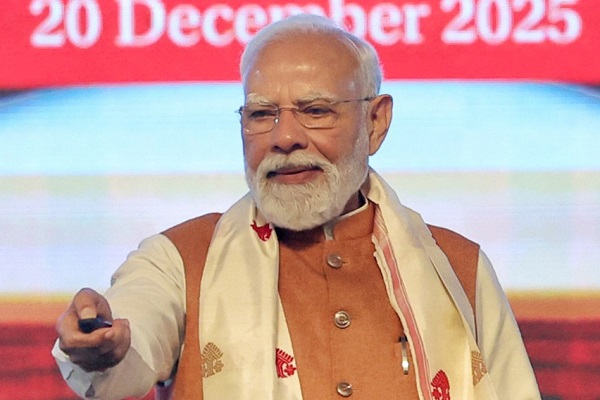Views on India: An improving economy and stock market by Mark Matthews, Head of Research Asia, Julius Baer

Below the Views on India: An improving economy and stock market by Mark Matthews, Head of Research Asia, Julius Baer
The Indian benchmark equity index has returned 4.0% year to date in USD (4.8% in INR), following a 7.1% (10.2% in INR) return last year. In the most recent quarter, aggregate earnings for the 500 companies listed on the National Stock Exchange rose 11% y/y, with good growth seen across most sectors. Although we forecast a steady INR vs USD over the next year, if our forecast for a decline of around 9% in USD vs EUR and JPY is met, that should be helpful for emerging market equities including Indian ones, which have traditionally done well in times of USD weakening. Indeed, overseas interest in India appears to be returning. Foreign institutional investors, who net sold USD2.3bn of Indian equities from January to March, turned modest net buyers in April, and net bought USD2.3bn last month. After a slow 2024, this year’s economic growth is shaping up to be faster. GDP growth in Q4 FY 2025 (i.e. January–March quarter) exceeded expectations at 7.4% vs 6.4% in Q3 and 5.6% in Q2. Government capital expenditure hit an all-time high of INR 2.4 trillion in March. The manufacturing PMI reached a ten-month high in April.
CPI inflation softened to a 75-month low of 2.8% in May. Food is 46% of the consumer inflation basket, and the India Meteorological Department forecasts an ‘above normal’ rainfall from June to September, which should mean stable food price inflation, and is also helpful for the agricultural sector, where coincidentally 46% of the workforce is employed. In its June meeting, the Reserve Bank of India (RBI) cut the repo rate at which it lends money to commercial banks by 50bps. A 100bps cash reserve ratio cut also served to inject some INR 2.5 trillion (~USD30bn) in liquidity into the economy. This decisive, pro-growth action, despite a shift to a ‘neutral’ policy stance, underscores the RBI’s commitment to fostering economic expansion amid global uncertainties. While Indian stocks currently trade slightly above their ten-year average valuation, we retain our Overweight rating for them.

Above views are of the author and not of the website kindly read disclaimer










Tag News

PM SVANidhi scheme aims to benefit 1.15 crore beneficiaries, including 50 lakh new ones



More News

Reaction on the RBI Monetary policy by Mr Piyush Bothra, Co-Founder and CFO, Square Yards









